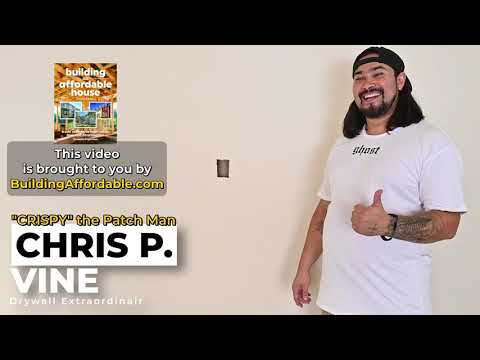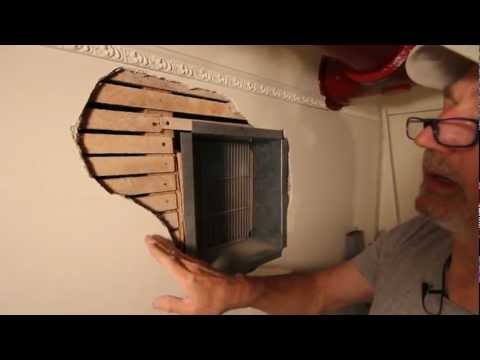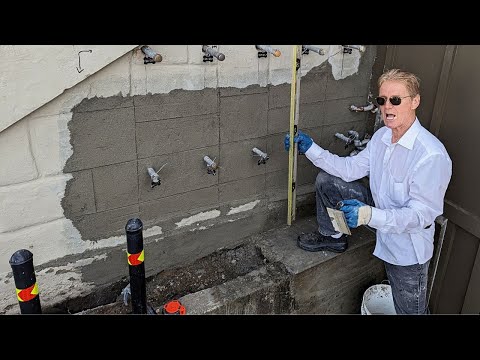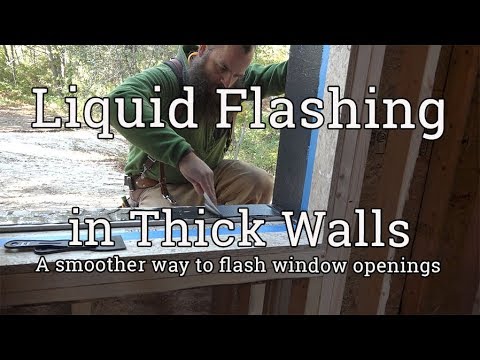Ben Degros is the self-proclaimed "drywalleriest carpenter on the internet." We have not found any evidence to dispute that, but we'll keep looking.
In the meantime, here's a video of his showing how most people think multiple patches in drywall should be made and how it should actually be done. Fortunately, if you're doing it all wrong, you're actually doing it half right, so it's not too late.
The wrong way to patch multiple holes in drywall:
Covering the tape is the typical approach: the patch coat is wider than the tape coat, edges are feathered, and then a few finish passes over the middle of the patch smooths the surface. Do that over each drywall hole that was patched.
Why is this wrong? Because it creates humps on the wall. In the video, Ben patched three adjacent holes in the drywall, and those patches will 100% create three humps in the wall. This will be visible when the wall is painted, and it will look cruddy.
Especially if you install a countertop against it.
Think of drywall compound as a liquid wall, not a tape-hider
The best way to hide the patches is to think like an old-school plasterer, not like a tape-hiding drywaller.
Create a surface with your bucket of liquid wall rather than just covering the tape.
In order to blend the humps into the wall, add mud between the humps for a 'unipatch' rather than 'eyebrows.'
After applying drywall compound to the valleys, go back to the tape-hiding method: feather the edges and smooth the center.
When feathering the edge, he tilts the trowel toward the outer edge so that the edge is scraped clean and the field is left thicker.
When smoothing the center, he slightly tilts the trowel the opposite way to avoid 'liftoff' lines, the crest of mud that's left after the trowel pulls mud from the pile.
Why feather the edges?
Feathering the edge of a patch removes any drywall compound buildup that may dry out before you can get back to it.
The edge will be more difficult to sand smooth than the center, so focus on smooth edges first.
Sanding is part of the strategy, too
However, simply building up the valleys between the humps will just create a mountain out of three molehills, so sand the unipatch strategically, too.
Sanding the dried compound is another key part of the process. Sand mostly over the humps, not in the alleys between humps.
To avoid wavy walls, "stop not unipatching you guys."











